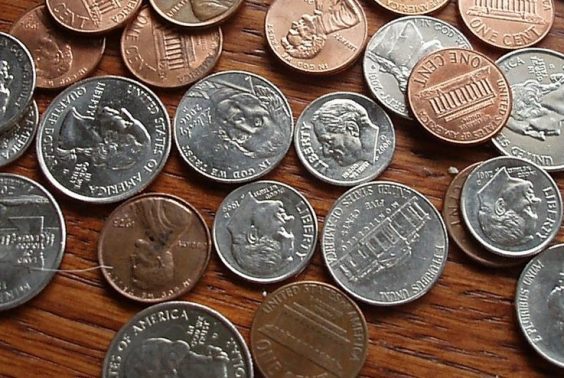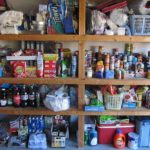
When you’re trying to save money at the grocery store, every penny counts. But what if there aren’t any pennies?
Grocery and retail industry groups are warning that a nationwide coin shortage could severely disrupt millions of customers’ shopping trips. So they’re urging U.S. policymakers to distribute some desperately-needed coins before it’s too late.
In a letter sent this week to the U.S. Treasury and the Federal Reserve, seven industry groups called on the agencies to “take rapid action to address a nationwide shortage of coins caused by a drop in cash transactions for retail purchases during the coronavirus pandemic.”
The letter is signed by the Food Marketing Institute, International Franchise Association, National Association of Convenience Stores, National Automatic Merchandising Association, National Grocers Association, Retail Industry Leaders Association and Society of Independent Gasoline Marketers of America.
“This situation is already an emergency,” their letter warns. “We were alarmed to hear that the system for distributing coins throughout the country is at the breaking point.”
Two weeks ago, the Federal Reserve announced a “strategic allocation of coin inventories” – i.e., rationing the supply of coins sent to banks, which, in turn, are made available for retailers to help make change for their customers.
“The COVID‐19 pandemic has significantly disrupted the supply chain and normal circulation patterns for U.S. coin,” the Fed explained. For one thing, the U.S. Mint’s regular production of coins slowed down due to the pandemic and the Mint’s efforts to protect its own employees. At the same time, with fewer stores open during the months-long lockdown, fewer people were shopping and paying with cash. So retailers were sending fewer coins to banks, which sent fewer to the Fed. And that meant the Fed had fewer coins to distribute to other banks, which had fewer to offer retailers, which are now running low on coins for their customers.
It’s like the retail circle of life. And right now, it’s kind of broken.
“Some of our member businesses are being told that they cannot get coins from their banks at all,” the retail groups’ letter reads. “This threatens the functioning of our member businesses and, by extension, the needs of their customers.”
The letter states that cash is used in more than a third of all in-person transactions. That proportion increases for retailers frequented by lower-income shoppers, like convenience stores and dollar stores. Even at the grocery store, where it seems everyone pays with plastic these days, the National Grocers Association cites its own research that roughly one out of every five transactions are paid in cash.
“Grocery continues to be an environment where consumers prefer to use cash,” particularly lower-income shoppers, NGA president and CEO Greg Ferrara said in a statement. “Without availability of coinage, these customers are going to be hardest hit.”
The letter urges one of three potential solutions: the Fed could release more coins from its inventory, the Mint could increase coin production, or coin distribution could be prioritized for essential retail businesses where coins are used most frequently.
So what is your store going to do if you pay with cash and it can’t make change? It’s unclear, as even the retail groups themselves are asking the Fed for ideas on how to handle just such a situation, should it come to that. “We would appreciate guidance from the Federal Reserve on potential merchant operational responses, as our member companies are going to have to make quick decisions about customer engagement as they face this shortage in real time,” the letter reads.
It’s possible your store could round off prices so if you pay with paper money, it won’t owe you any coins in return. It’s not a far-fetched idea, because it’s been tried before. But would your store round prices up, or down? And would it round off only the amount you owe at the register, or reprice everything in the store?
The retail groups, and the Fed itself, are hoping it doesn’t come to that. “The Federal Reserve is confident that the coin inventory issues will resolve once the economy opens more broadly and the coin supply chain returns to normal circulation patterns,” the Fed said. In the meantime, it may be a good idea to break into your coin jar, dig around in your junk drawer or look under your sofa cushions the next time you’re heading out to go grocery shopping. Until things do get back to normal, your store, and your fellow shoppers, may thank you for it.
Image source: Mary-Lynn















